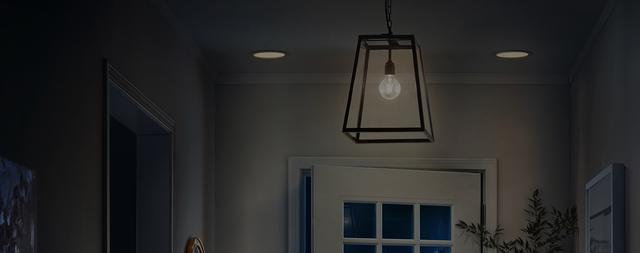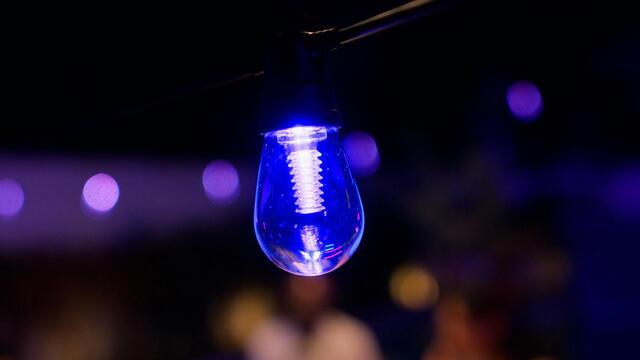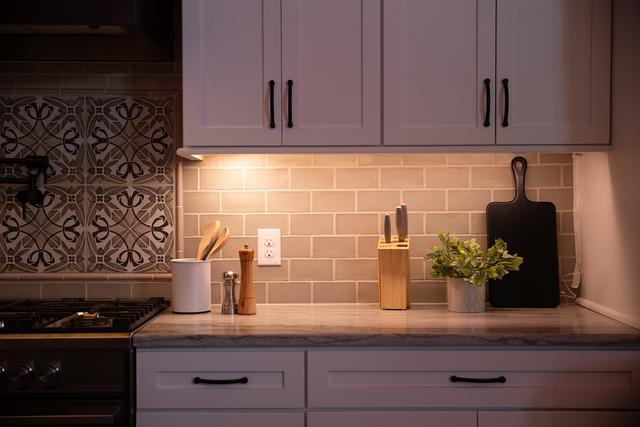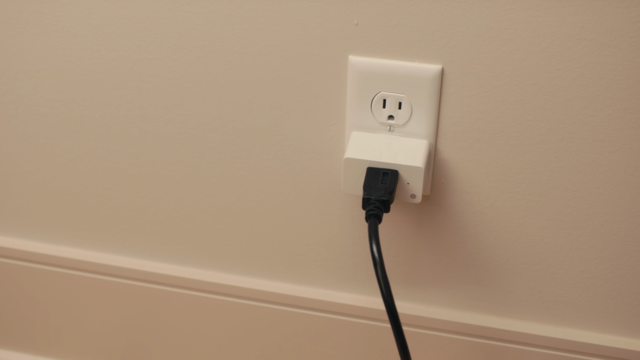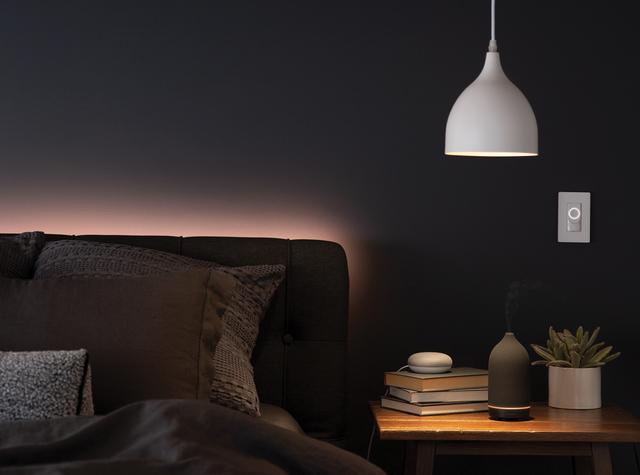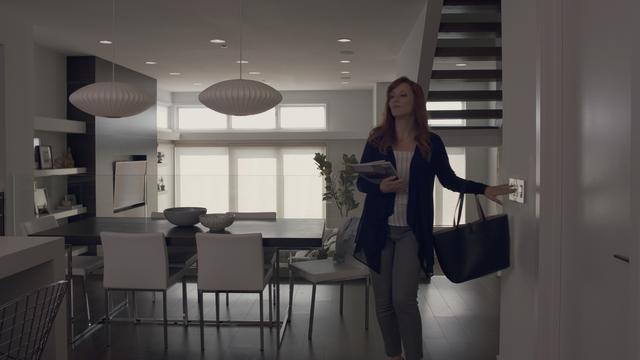If you’ve bought a light bulb recently, chances are it’s an LED. This type of lighting has quickly cemented its status as the go-to option for all kinds of fixtures and in a wide array of spaces—everywhere from homes to offices to even public spaces.
That’s because in addition to offering brilliant illumination, they’re also great at maximizing energy savings and providing other environmental benefits. (Can you tell that we’re BIG fans of LED?) But just like any other technology, you should properly maintain your lights to ensure they last as long as possible and perform as well as they can.
As the demand for LED lighting grows, so does the need for understanding how to care for these fixtures. Whether you’re a homeowner looking to cut back on your utility bills or an office manager hoping to enhance workplace productivity, our comprehensive tips will help you go above and beyond.
So without further ado: Welcome to our guide on LED lighting maintenance, where we’ll share some of our easy-to-implement strategies and the best practices for extending the lifespan of your bulbs. From simple cleaning routines to advanced troubleshooting techniques, we’ll cover everything you need to know to keep your LEDs shining bright for years to come.
Keep Your Fixtures Clean
Time for the old “white glove test”! No matter your results, we promise: no judgement here. With so many different chores to tend to, we understand if you’re not feather dusting your lighting fixtures every day. But keeping your LED lights clean really can be a helpful way to boost their efficiency, longevity, and performance.
Just like most places in your house, dust, dirt, and debris will accumulate on the surfaces of LED fixtures over time. Eventually, this can obstruct the light output and can dim the shine, and sometimes give off an uneven glow.
This is probably not the look you’re going for aesthetically, but there are also safety-related reasons to take action, too! The decreased visibility can potentially create hazards in areas where you need bright lights to see. (Ever tried to enter a dark house while juggling groceries? Yikes!)
Plus, dirty LED bulbs are more prone to overheating, which can ultimately shorten the lifespan of the fixtures. Regular cleaning not only preserves the aesthetic and function of your LED lighting, but it also contributes to energy savings by ensuring that the fixtures operate at peak efficiency.
Just by incorporating simple, regular cleaning into your maintenance routine, you can help prolong the lifespan of your LED lights, minimize energy consumption, and enhance the overall quality your environment. Don’t forget the step stool!
Manage Temperature Control
If the dust in the last answer didn’t tip you off: LEDs are sensitive to heat, and excessive temperatures can significantly shorten their little light bulb lives. When too much heat builds up within the fixture, it can have a harmful effect on crucial components of the bulb, like the LED chip and the driver circuitry.
But have no fear: there are several simple ways to prevent this. Make sure your bulb is installed in a place with adequate ventilation—you don’t want it to get too hot. By airing spaces out, you’re helping to create a stable environment where the LEDs and all their included tech can thrive.
Check for Heat Dissipation
Are you sensing a theme here? Heat plays a big role in how well your LED bulbs work! Checking for heat dissipation—or, in other words, seeing how effectively your light transfers and disperses the heat generated during its operation—is another matter to consider.
Excessive heat decreases the performance of LED bulbs and can cause them to produce less or a lower-quality light. By making sure heat dissipation is up to par, you can maintain the bulb’s performance—and maybe even sleep a little sounder at night. LED bulbs that don’t effectively dissipate heat can potentially pose a safety hazard. Excessive heat build up increases the risk of fire or electrical hazards, especially if the bulb is installed somewhere that’s enclosed or that’s close to flammable materials.
So, how do you check for heat dissipation? We’ll give you a hand: use the touch test! After an LED bulb has been on for some time, carefully touch its surface. If it feels excessively hot to the touch, it may indicate poor heat dissipation. LED light fixtures should get warm during operation, but they shouldn’t become uncomfortably hot. If yours is, consider switching to a newer, more efficient brand.
Prolong LED Life with Timed Switches
Timed switches will enhance energy efficiency and extend the lifespan of your bulbs—talk about a two for one! These devices let you schedule LED lights to turn on and off automatically, which reduces unnecessary usage and minimizes wear and tear on the bulbs.
By programming your switch to turn on lights when they’re needed most, you put less stress on the electronic components of the LED bulbs—which means you’ll also have to replace them less frequently.
Minimize On/Off Cycling
LED bulbs are highly efficient and durable. Just ask one of the many happy homeowners who haven’t had to replace them in over a decade! But frequent on/off switching can erode those important internal pieces and parts.
Every time an LED bulb is switched on, a surge of electrical current flows through those components, causing a tiny amount of thermal and mechanical stress. With enough time though, this minor stress can lead to degradation of the LED chips, driver circuitry, and other electronic components. You might see the effects: reduced light output, a shift in color temperatures, or even a shorter lifespan for your bulb.
Additionally, the rapid temperature changes that come with a lot of on/off changes can cause materials to expand and contract, which is another source of potential damage. By minimizing on/off cycling and reducing the frequency of turning on your lights, LED bulbs experience less stress and last longer.
With some minimal effort, you can make sure your LED bulbs shine for a long, long time. Remember: Maintenance is key!
